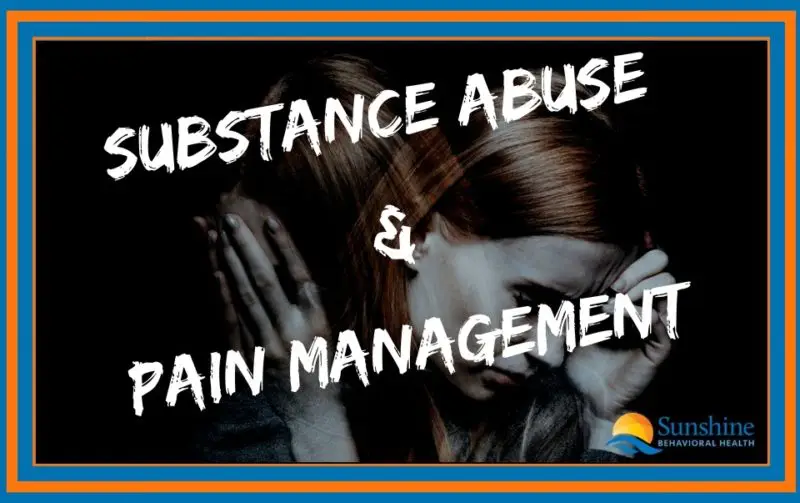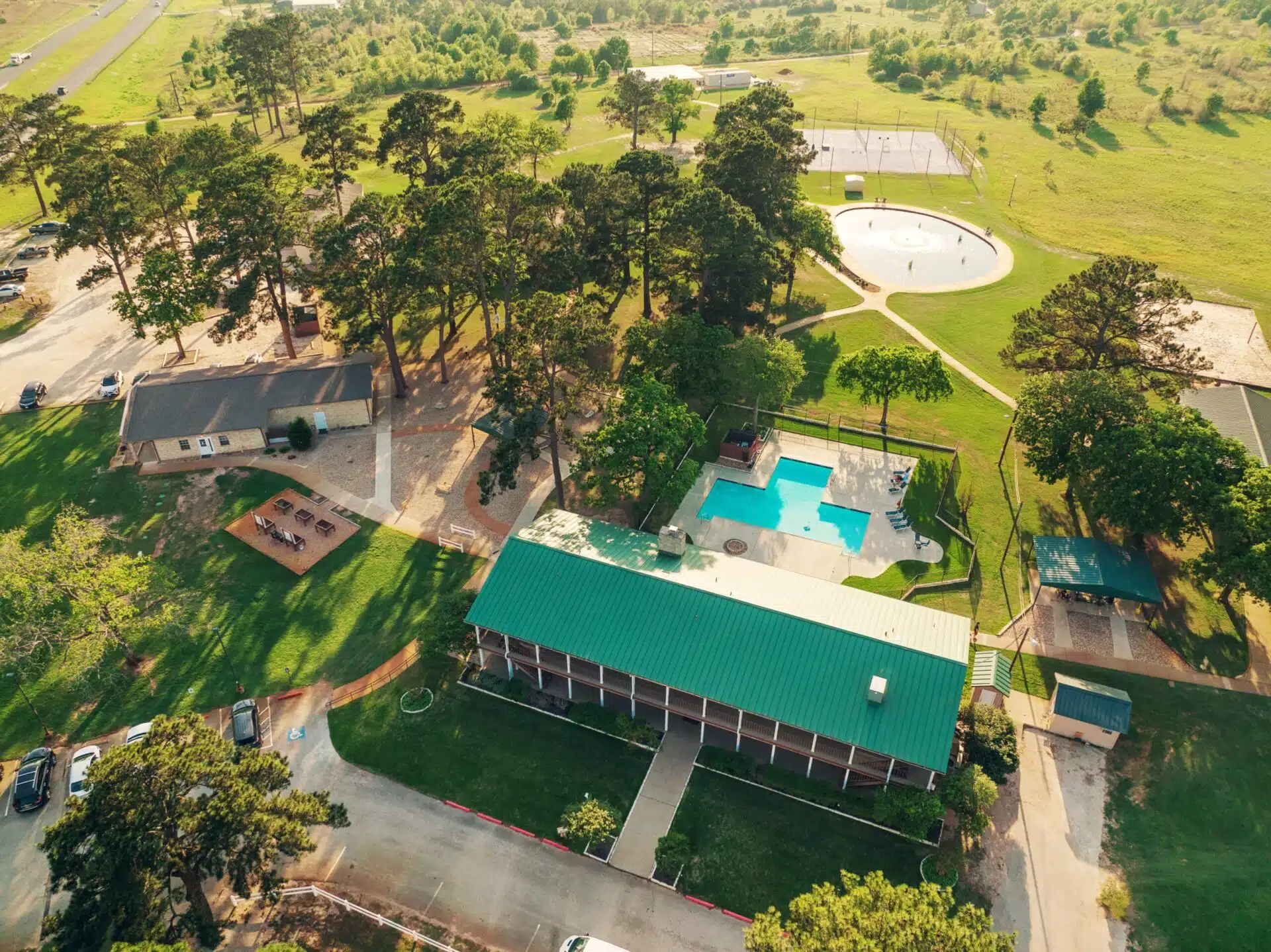
People who have an addiction to drugs or alcohol are facing some level of pain. Pain may have led to their substance abuse or it may be a consequence of withdrawal from it. Health professionals in treatment facilities are said to be having a hard time providing them much-needed relief.
For example, one study revealed that rehab clients who abuse opioid and experience chronic non-cancer pain (CNCP) at the same time have a challenging pain management plan. Treating such cases is extremely difficult, apart from being controversial, but medical practitioners can rely on certain tools to assist them.
When treating new clients for CNCP, it is important to conduct a risk assessment and stratification to determine if they are taking painkillers other than those prescribed. Available tools include the client’s medical records, a urine drug test, psychological testing, and assessments of sleep behavior.
The problems of treating CNCP is at least as complicated for clients with acknowledged past or current substance abuse. According to another study, a successful pain management plan for the recovering substance abuse client depends on a few simple guidelines, including keeping it simple by having only one physician prescribing painkillers.
Drug and alcohol addiction rehabilitation centers need to recognize the client’s condition and carefully assess concerns related to withdrawal as well as the possible relapse triggers. Since the aim is long-term recovery, it is best that you find drug rehab facilities that are reliable and reputable.
Why is Pain Management Controversial?
The reason that pain management in clients with a history of drug and alcohol addiction is controversial lies in the addictive nature of most chronic pain drugs and the way they have been marketed. The use of morphine and other opioids for the management of excruciating pain worried health professionals because clients could easily develop an addiction to them. New opioids, supposedly safer, were developed but also proved to be addictive even when taken in the amount prescribed.Over time, many people develop a tolerance for opioids. This means that they require a larger dosage to achieve similar results, whether the goal is pain relief or euphoria. It is a vicious circle that can end in dependence, addiction, or death.
Pain-Related Statistics
-
According to the National Institute on Drug Abuse, about 100 million citizens—a third of the United States’ total population—suffer from chronic pain, and most are treated with opioids.
-
The increase in the number of prescriptions has been linked to the growing cases of drug overdose since 2007, the Centers for Disease Control and Prevention reported.
-
An estimated 115 people in the US die each day due to opioid overdose.
-
The cost to the nation of these deaths is $78.5 billion. This includes healthcare needs, substance abuse treatment, lost productivity, and involvement in criminal justice initiatives.
-
Between 21 and 29 percent of people who have been advised to take opioids for their chronic pain have reported misusing the drug. Meanwhile, around
-
Eight to 12 percent of those Americans eventually develop an opioid use disorder.
Non-Drug Pain Treatment to Avoid Addiction
The solution to pain and addiction is to find non-addictive ways to treat both. The University of Michigan’s Institute for Healthcare Policy and Innovation reported on an alternative pain management intervention that does not use any drug. Improving Pain during Addiction Treatment (ImPAT) combines elements of cognitive behavioral therapy (CBT), a type of psychological counseling, with acceptance and commitment therapy and social support in 10 weekly sessions.The goal of ImPat is to live with pain: to adapt to it, distract from it, and function despite it. Because it is drug-free it may allow people with past substance abuse problems to attend pain management clinics that do not ordinarily accept clients who are addicts.
For too long doctors ignored clients’ pain, then they over-prescribed opioids for it. As we live longer and our bodies wear out, chronic pain is a possibility for us all. We need to find more and safer solutions.
A Message From Our CEO
Medical disclaimer:
Sunshine Behavioral Health strives to help people who are facing substance abuse, addiction, mental health disorders, or a combination of these conditions. It does this by providing compassionate care and evidence-based content that addresses health, treatment, and recovery.
Licensed medical professionals review material we publish on our site. The material is not a substitute for qualified medical diagnoses, treatment, or advice. It should not be used to replace the suggestions of your personal physician or other health care professionals.





